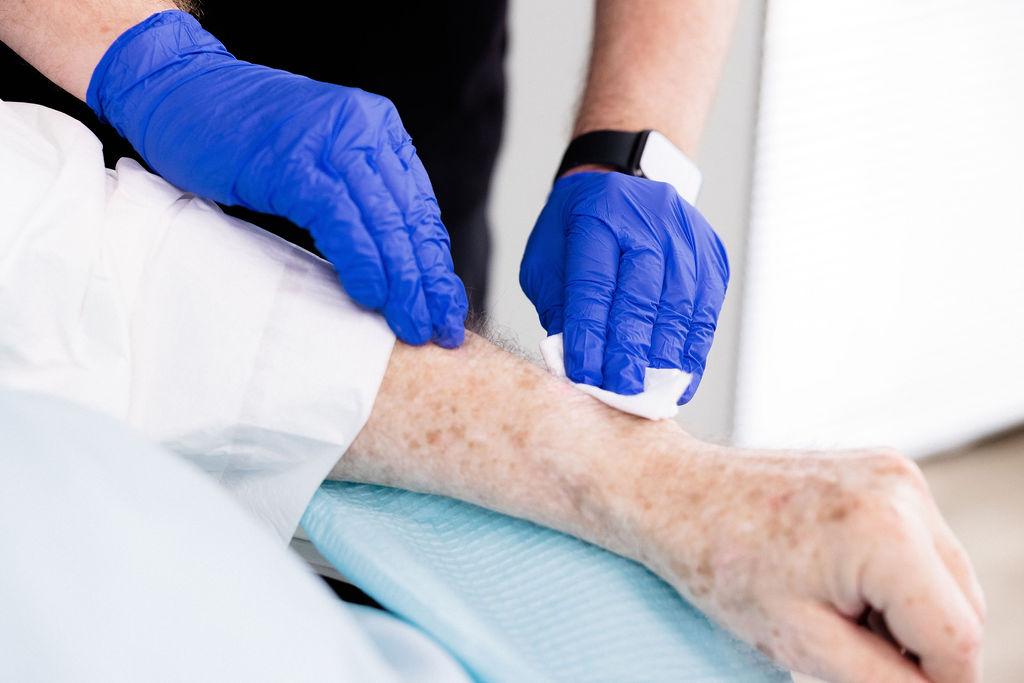
Basal Cell Carcinoma Is What?
Developed in the basal cells of the skin, basal cell carcinoma (BCC) is a kind of skin cancer. Found in the outer layer of the skin, the epidermis, these cells usually appear as a little hump with either a flat, scaly patch or shine, BCC can be It increases gently with time.
Describes Basal Cells
Little epidermal cells called basal cells generate fresh skin cells. Older skin cells are forced to surface when these divide, where they die and shed organically.
Do There Exist Several Forms of Basal Cell Carcinoma?
There are four forms to classify basal cell carcinoma:
Most often occurring as a pimple-like protrusion with obvious blood vessels (telangiectasias), nodular BCC is
Superficial BCCs appear as little, superficial lesions somewhat lighter than the surrounding skin. Usually showing up on the chest, arms, and legs are they.
Sclerosing BCC: Growing slowly, these tumors mimic scars. Another possible appearance of this kind is as a tiny red spot.
A rare type of BCC, Hyperpigmented BCC occurs in which the afflicted area is darker than the surrounding skin.
Basal Cell Carcinoma Affects Who?
Although anyone can get basal cell carcinoma, it is more common in fair-eyed, light-skinned, and elderly adults. Those who have had BCC are more prone to acquire another kind of nonmelanoma skin cancer.
Basal cell carcinoma’s frequency is:
The most often occurring form of skin cancer is basal cell carcinoma. Every year, more than 4 million fresh cases of the United States are reported.
Symptoms and Sources
What Are the Basal Cell Carcinoma Symptoms?
BCC Exhibits:
Skin lesions ranging in appearance from pimples to scaly patches, bumps, scabs.
A lump varying from white to pink, brown, black, or even blue, complementing your skin tone, or sometimes transparent.
Possibly with visible blood vessels, a mass seems shinier than the surrounding skin.
A slow-growing mass spanning years.
Lumps may be unpleasant or itchy.
Lesions that, with touch, can bleed or leak clear fluid.
Where Might Basal Cell Carcinoma Show Up?
Usually found in parts of the body often exposed to the sun, BCC often affects:
Face Scale, Nose, Eyelids, Leg, Ear, Arm
What Causes Basal Cell Carcinoma?
Usually resulting from too strong UV (UV) radiation from the sun or tanning beds, basal cell carcinoma is caused by mutations in DNA.
DNA regulates the process by which cells produce fresh skin cells to replace their predecessors. Usually, basal cells stop creating new cells when their demand declines. When a genetic mutation arises, though, the basal cells get the wrong directions and keep uncheckedly generating new cells. Overproduction of this kind causes lumps or sores on the skin.
Rarely, a genetic disorder known as Gorlin syndrome causes basal cell carcinoma, which early on results in BCC.
Contact Us!
Protect your skin with expert care at Wall Dermatology. We specialize in diagnosing and treating basal and squamous cell skin cancer using advanced, effective treatments. Schedule your consultation today to ensure early detection and the best possible outcome. Call now or book online to safeguard your skin’s health!
If you have basal cell carcinoma, we have options for treating it. To find the right one for your unique skin, call our office at 727-606-9255 to make an appointment or book one online today.











